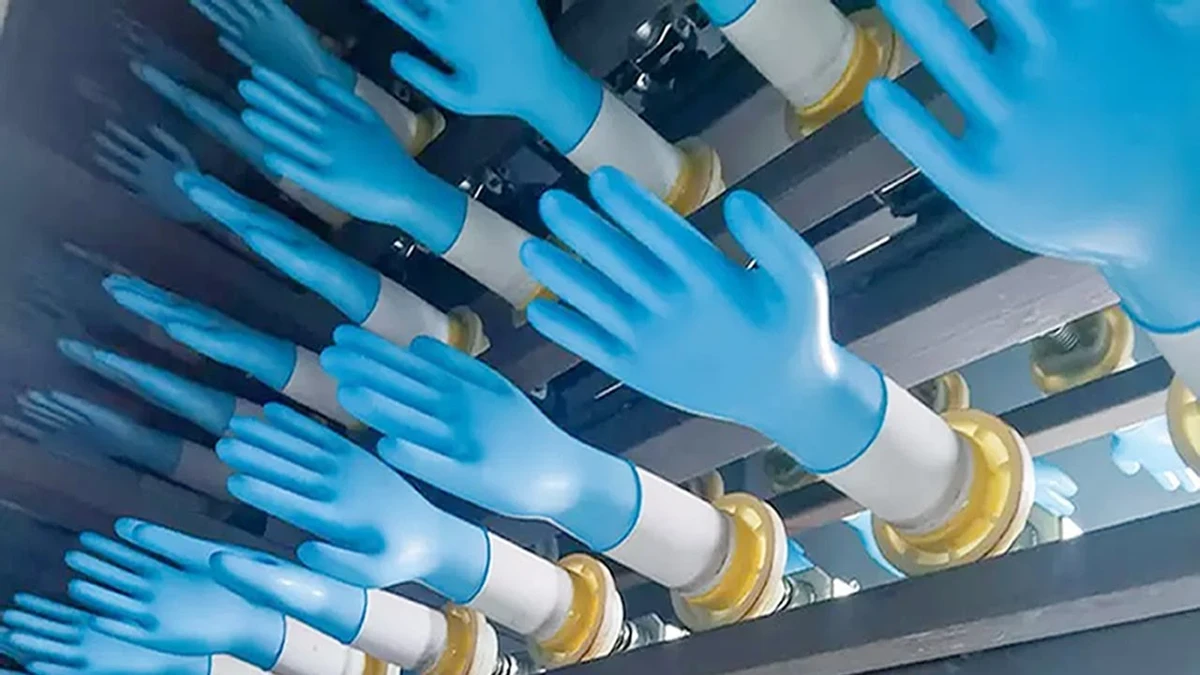Latex gloves have become a cornerstone product in healthcare, food processing, and industrial safety. The global demand remains strong due to ongoing hygiene awareness, medical applications, and industrial protection standards. For entrepreneurs and investors, understanding the capital requirements for a latex glove manufacturing business is essential before committing resources. This article provides a structured breakdown of the financial, technical, and operational factors that define capital needs in this sector.
Understanding the Latex Glove Industry Landscape
Before analyzing costs, it’s important to understand the industry dynamics. Latex gloves—made primarily from natural rubber latex—come in two main types: examination gloves and surgical gloves. Examination gloves cater to hospitals, clinics, and laboratories, while surgical gloves require higher precision and sterilization standards.
Global market competition is driven by factors such as quality consistency, cost efficiency, and compliance with international standards (like ASTM, EN, and ISO). Because of this, setting up a latex glove manufacturing plant involves more than just acquiring machinery—it requires a well-calculated investment strategy covering infrastructure, technology, and certification.
Key Components of Capital Investment
a) Land and Building
The size of the facility depends on production capacity. A medium-scale plant producing around 100–200 million gloves annually may require 2 to 3 acres of land. Costs vary by location, but land and building construction typically account for 10–15% of total project cost. Proper layout planning is crucial to ensure smooth material flow from raw latex storage to packaging.
b) Machinery and Equipment
Machinery forms the backbone of the operation. Major equipment includes latex compounding systems, formers (hand molds), dipping lines, leaching tanks, vulcanization ovens, and packaging systems.
A fully automatic production line for 100 million pieces per year may cost USD 1.5–3 million, depending on automation level, production speed, and energy efficiency. Higher-capacity or multi-line setups require proportionally greater investment but offer better economies of scale.
c) Utilities and Supporting Infrastructure
Latex glove manufacturing is energy- and water-intensive. Essential utilities include:
Steam boilers for vulcanization and drying
Water treatment systems to maintain purity and reuse
Air compressors for pneumatic operations
Chillers for cooling during compounding and processing
Setting up reliable utility systems can consume 15–20% of total capital costs, and sustainability-focused investors often consider waste heat recovery or water recycling systems to reduce long-term expenses.
d) Raw Materials and Working Capital
Natural rubber latex is the primary raw material, usually sourced from Indonesia, Malaysia, Thailand, or Vietnam. Other inputs include calcium nitrate (coagulant), sulfur, accelerators, and pigments. To ensure smooth operations, manufacturers must maintain at least two to three months’ worth of working capital, covering raw materials, labor, energy, and packaging.
Working capital can represent 25–30% of total investment, depending on production volume and payment cycles. Establishing supplier agreements and local warehousing can reduce supply chain disruptions and improve cost predictability.
Operational and Compliance Costs
Beyond machinery and materials, several ongoing expenses affect capital planning:
Labor Costs: Skilled technicians and chemical engineers are required for latex compounding, quality assurance, and machinery operation. Labor typically accounts for 10–15% of production cost.
Quality Control: Meeting medical-grade standards involves rigorous testing for pinholes, tensile strength, and biocompatibility. Investments in laboratory equipment and certification processes are non-negotiable.
Regulatory Compliance: For export-oriented businesses, certifications such as FDA 510(k), CE Marking, and ISO 13485 are mandatory. The cost and time associated with these approvals must be factored into the initial investment timeline.
Maintenance and Depreciation: High-temperature and chemical-intensive processes lead to wear and tear. Budgeting 3–5% of total machinery cost per year for maintenance ensures consistent performance.
Estimated Capital Range
While actual costs vary by location and capacity, below is a general benchmark:
| Scale | Annual Capacity | Estimated Total Investment (USD) |
|---|---|---|
| Small | 50 million gloves | 1.5 – 2.5 million |
| Medium | 100–200 million gloves | 3 – 6 million |
| Large | 300 million+ gloves | 8 – 12 million |
These figures include land, machinery, utilities, and working capital but exclude certification fees and marketing expenses.
Strategic Insights for Investors
Investing in latex glove manufacturing requires a balance between automation, capacity, and cost control. Automated systems reduce labor dependence and improve consistency but raise initial capital. Investors should also evaluate:
Market demand diversification: Supplying to medical, industrial, and food-grade sectors reduces risk.
Sustainability factors: Energy-efficient boilers and wastewater recycling can enhance ESG compliance and long-term profitability.
Product innovation: Textured, powder-free, or colored latex gloves offer higher margins and differentiation in competitive markets.
Conclusion
A successful latex glove manufacturing venture rests on careful capital planning. From land and machinery to working capital and compliance, each element must be aligned with production goals and market strategy. Although initial investments can be significant, consistent global demand and the essential nature of latex gloves make this industry a solid, long-term opportunity for well-prepared investors.
Post by: pabrik sarung tangan – mitrasaruta

